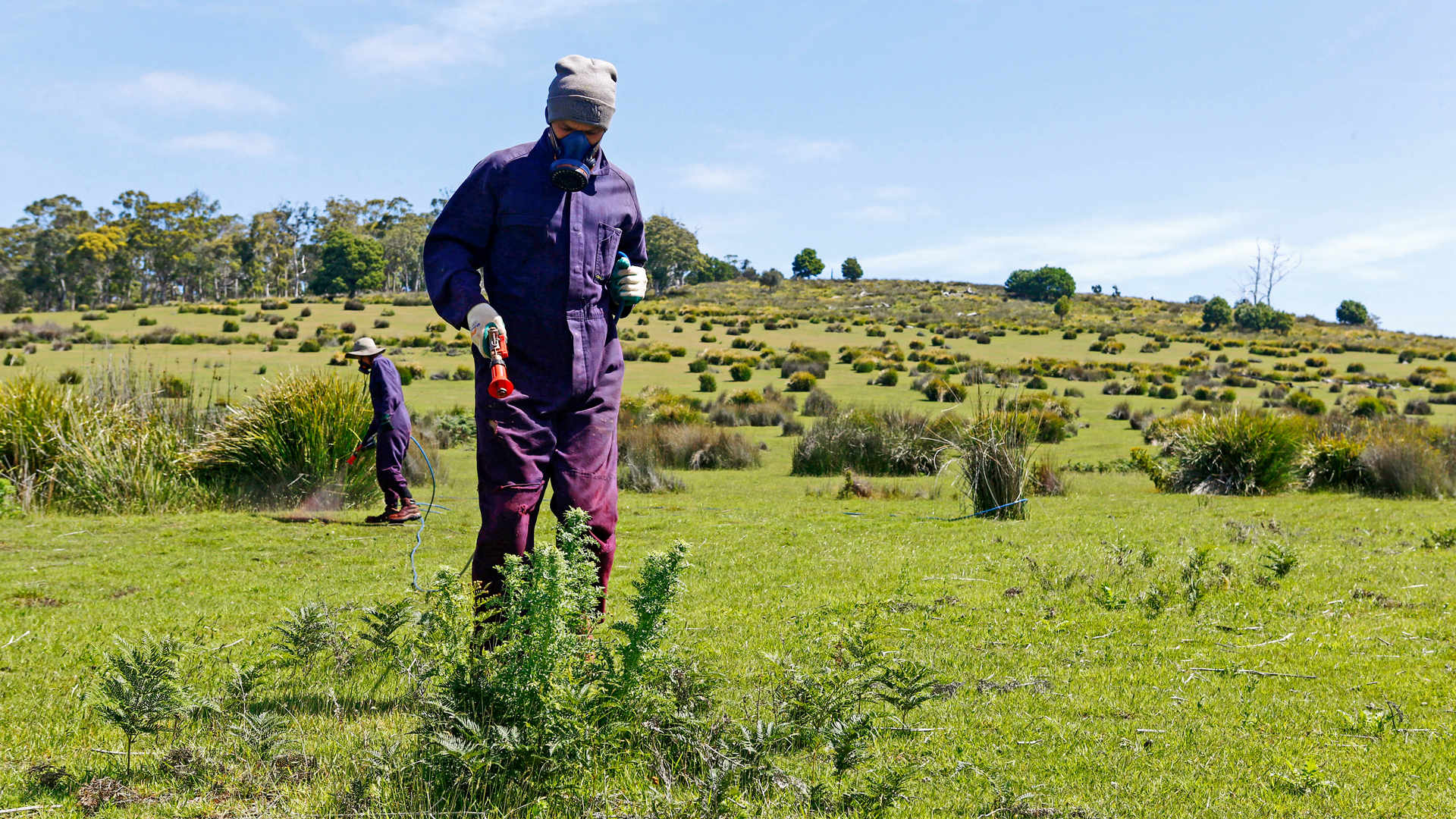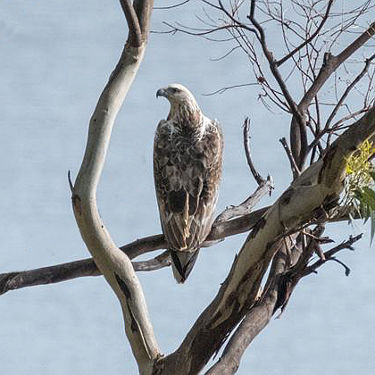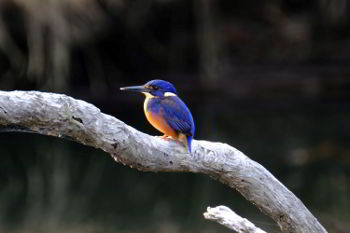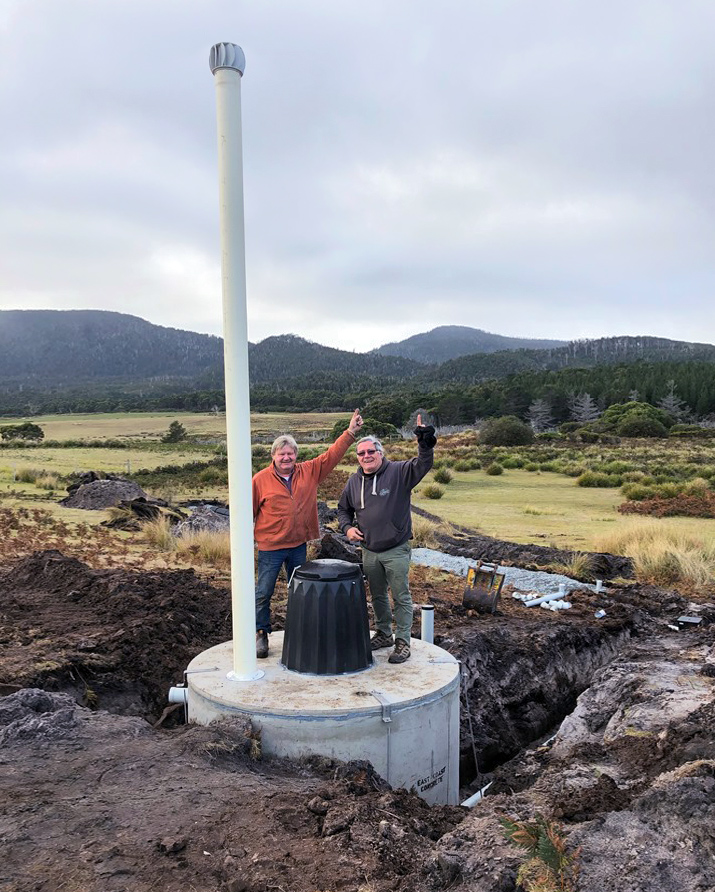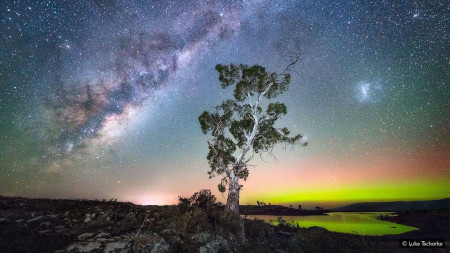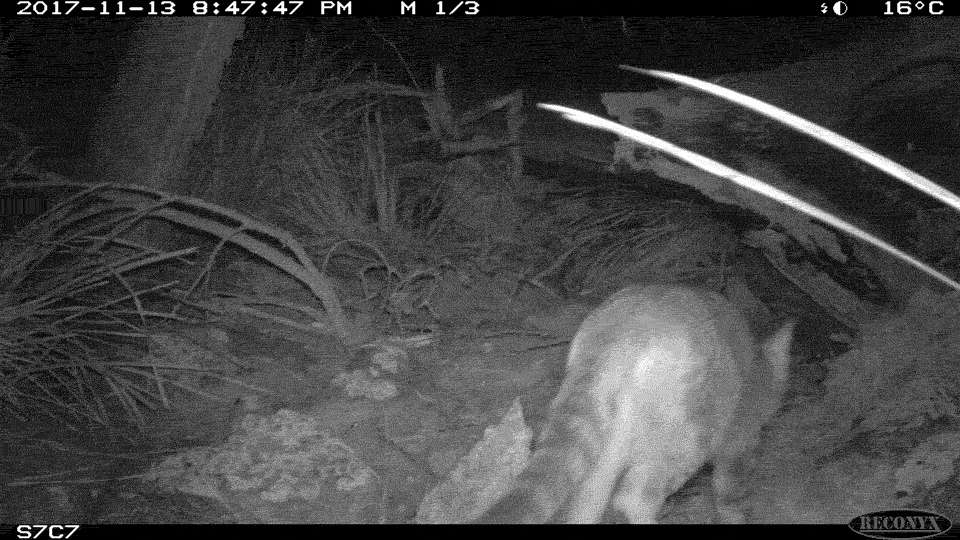
It’s a well-known fact that feral cats have contributed to the extinction of several Australian bird and mammal species, whilst threatening the existence of many more.
Though being an island, from off an island of another island—many of our supporters and guests generally assume we’d be immune to their onslaught, right? Unfortunately, not! Bruny Island suffers the same catastrophic effects as the rest of the country.
Having witnessed several feral cats traverse our sanctuaries over the years—whilst surveying many more on film through our wildlife camera monitoring—we implement cat management operations on our nature sanctuaries as part of our wildlife habitat initiative to break the national/world trend of species decline.
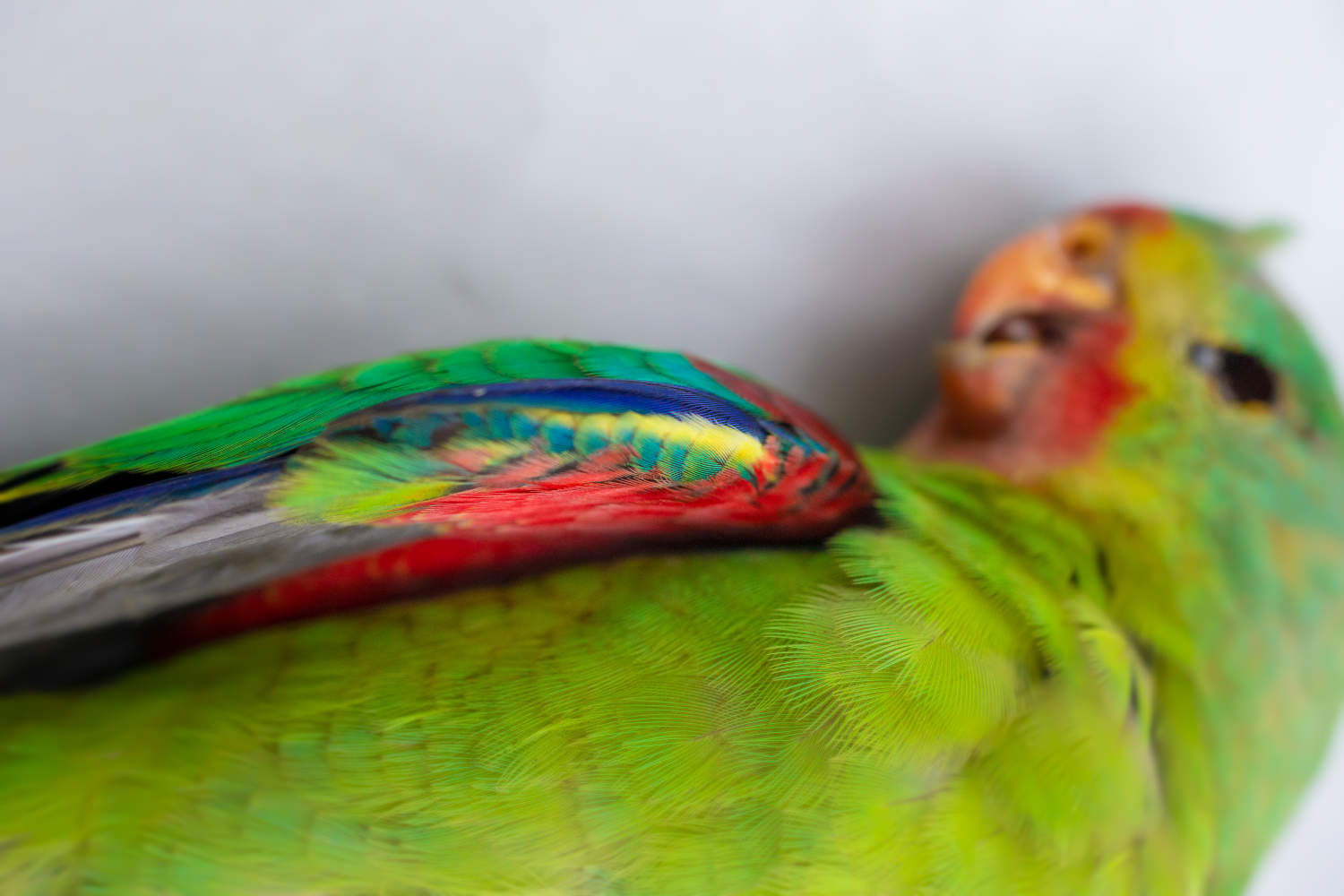
So learning of Kingborough Council and UTAS Bruny Island Cat Control Project, we were delighted to support such a crucial undertaking by allowing the use of two of our nature accommodation sanctuaries as key habitat monitoring sites, so much so, we’ll also be part funding the research into discovering the distribution of feral cats across the entire island—along with many other investigative facets (including Eastern Quoll distribution)—in an attempt to better understand feral cat behavioural patterns, hunting techniques, ecological impacts, etc., and subsequently improve *everyone’s* cat management procedures and control-results into the future.
We’re extremely excited to be supporting such a fabulous program and honestly can’t wait for the invaluable insight— although, we’re obviously trepidatious about the probable severity of the research findings —which will allow for the implementation of new and improved measures to kerb the harrowing impact on our beloved wildlife: such as the Eastern barred and Southern brown bandicoot; Forty-spotted pardalote; Swift parrot; Hooded plover; and many more.
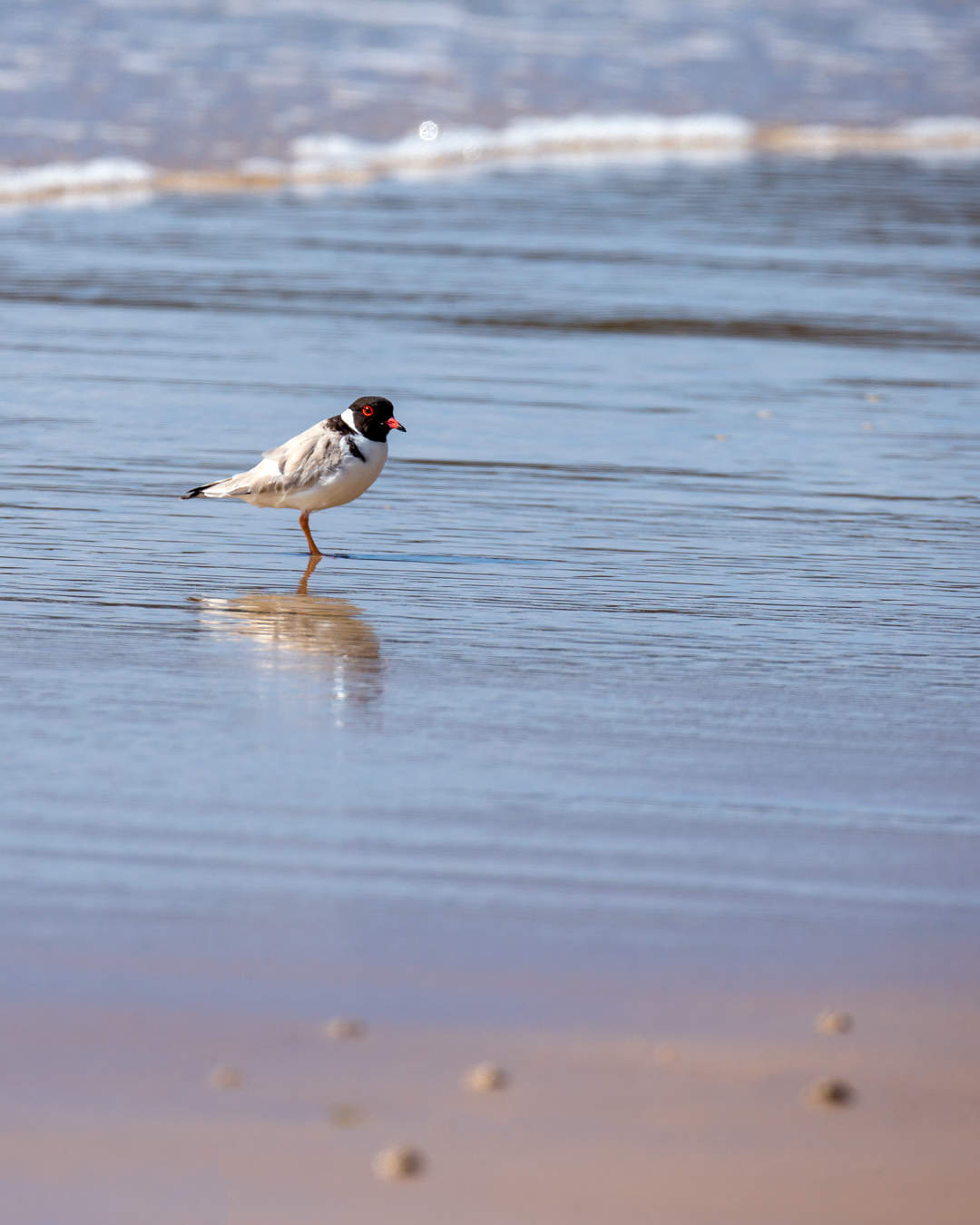
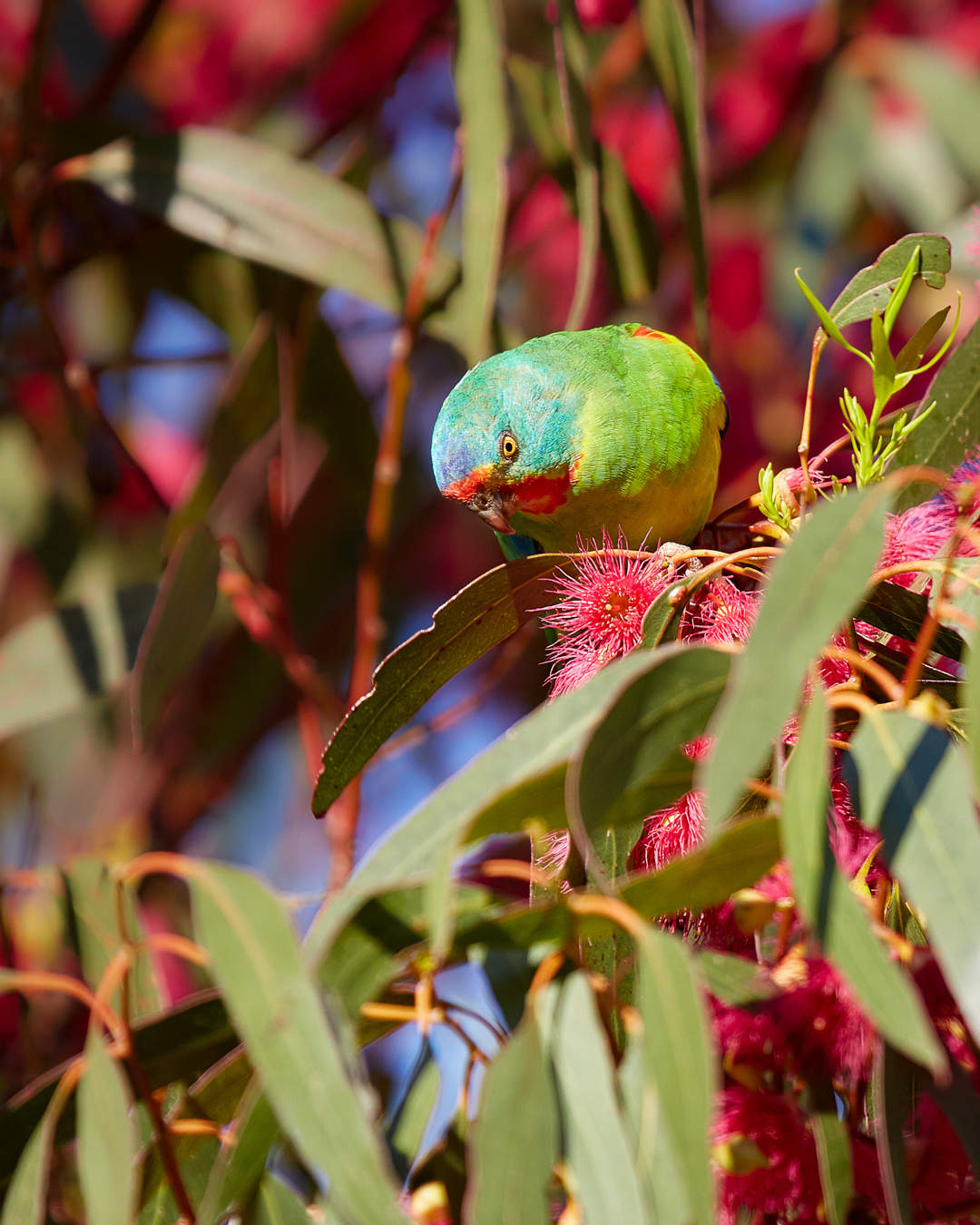
Out of all the sensitive habitats feral cats wreak havoc through in Australia, we firmly believe Bruny—a biodiverse hotspot—has the greatest chance of becoming a feral cat-free ark and genetic stronghold for the preservation of several vulnerable and endangered species.
Like what we do? Then why not rewild yourself at one of our nature accommodation sanctuaries—and support the direct preservation and maintenance of our various habitat initiatives.
Kingborough Council
https://www.kingborough.tas.gov.au/services/animal-management/cats/cats-bruny-island/
Related Journals
Simpsons Point: Environmental Restoration
Weed invasion is one of the largest threats against ecosystems all around the world; and unfortunately, BrunyIsland.au is not immune to this threat.
Pine Control Project
In late 2013, BrunyIsland.au undertook a massive and rather unique weed eradication project. Our aim was to control the radiata pine infestation which was threatening to overrun the native bushland at our 900 acre 'Bruny Island Lodge' property on South Bruny.
The Solitude of birds
Perhaps it is something about the island that makes us like birds, both happy in our solitude and eager for a chat.
Rare Azure Kingfisher spotted on Bruny Island
The Tasmanian Azure Kingfisher is endangered and endemic to Tasmania, and very rarely seen on Bruny Island.
More Bruny Island Journal
Bruny Island Art Prize
Bruny Island Coastal Retreats, along with Nature Pact, are pleased to announce a partnership with the Bruny Island Foundation for the Arts.
Opening Wormholes to a cleaner future
Managing waste in an environmentally friendly way.
Cloudy Bay, South Bruny: where Nature's heart beats strong amid the hills
Cloudy Bay was initially named l’baie Mauvaise by French explorer Bruni D'Entrecasteaux in 1792, after 1822 it was marked on the maps of the time as Bad Bay, and after 1859 became known as Bad or Cloudy Bay.
BBC Travel – Australia’s Answer to the Northern Lights
BBC Travel visits Bruny Island to view the Southern Lights.
